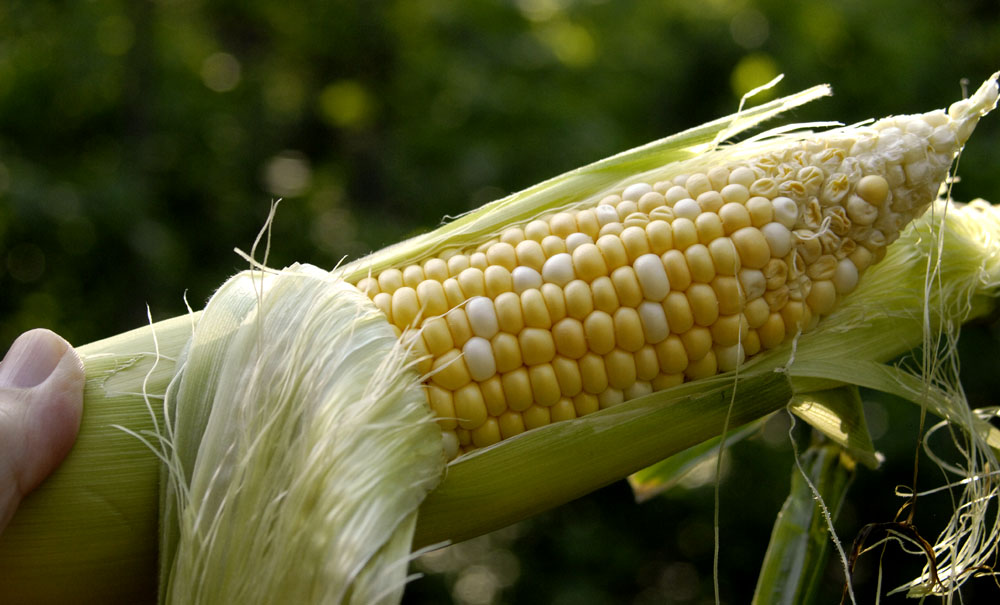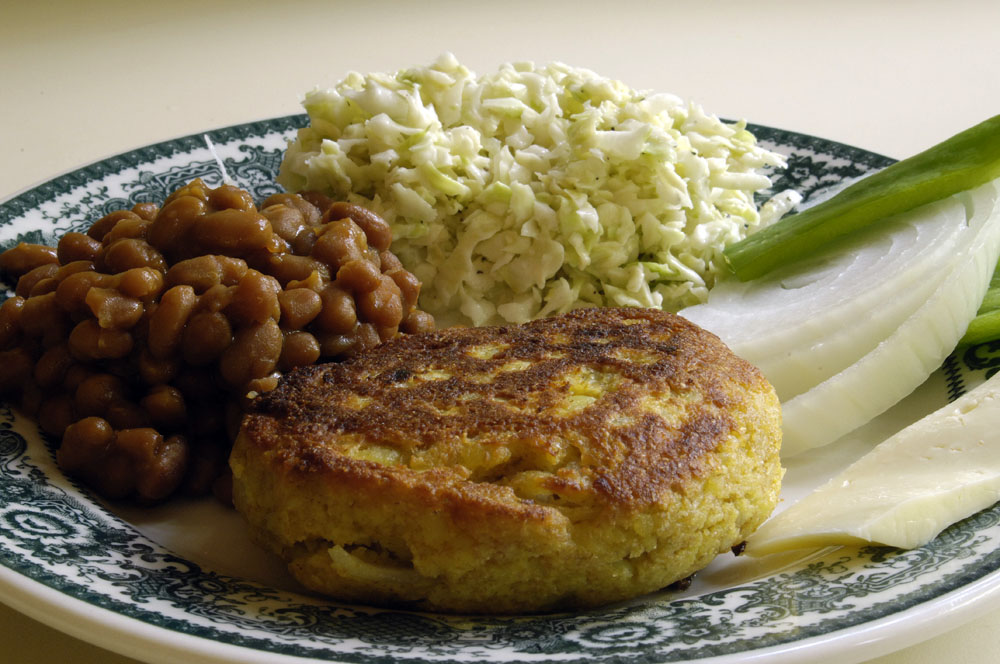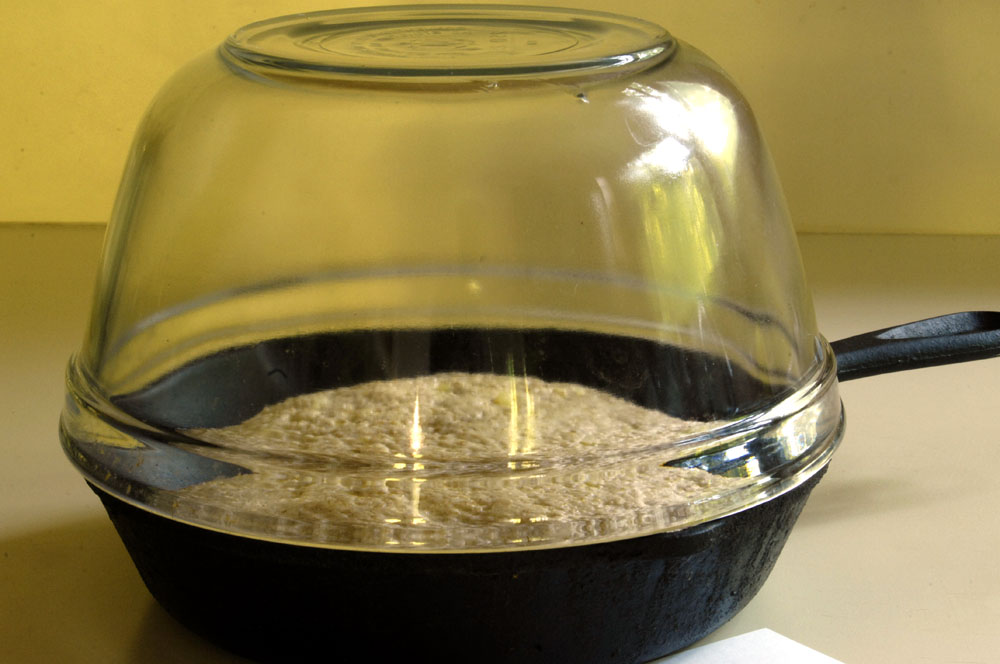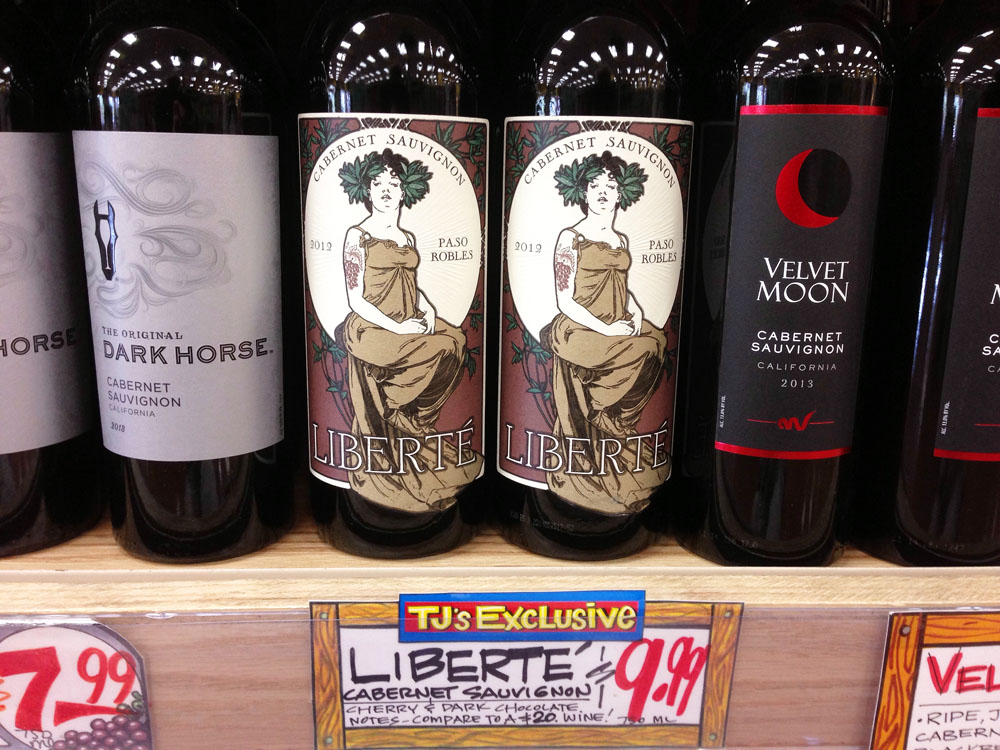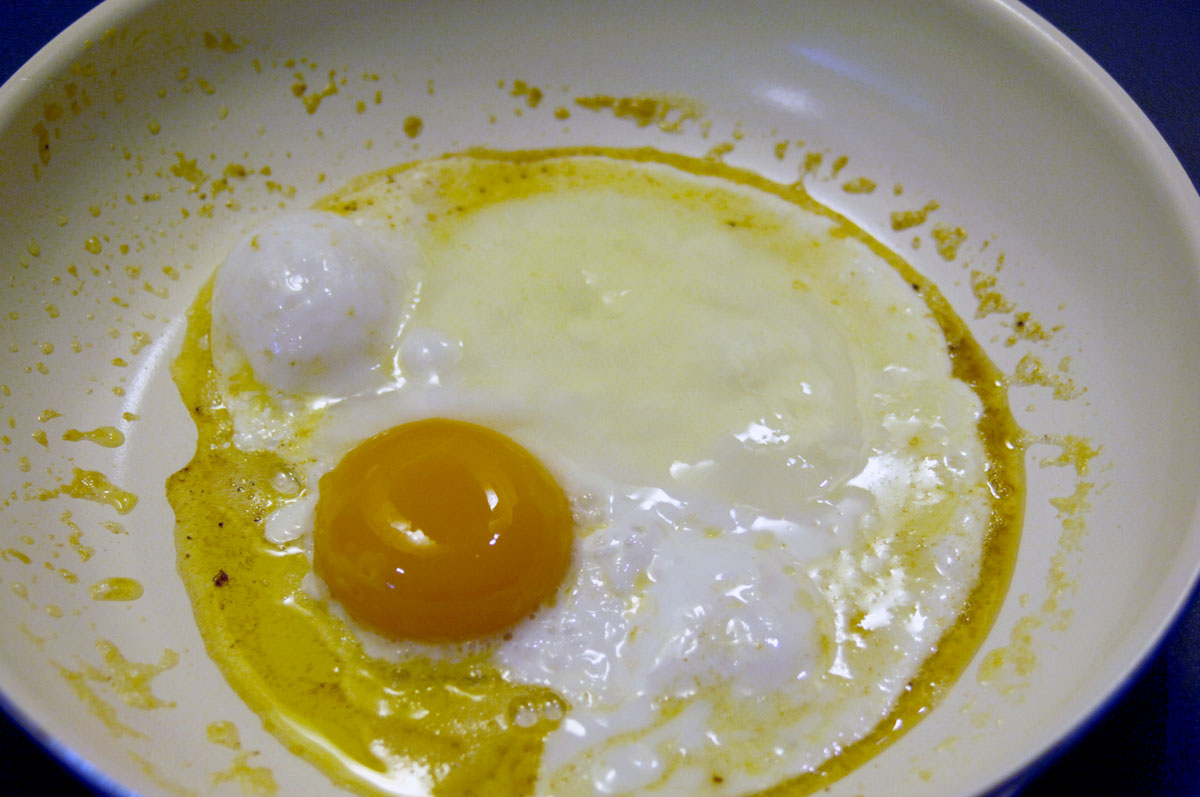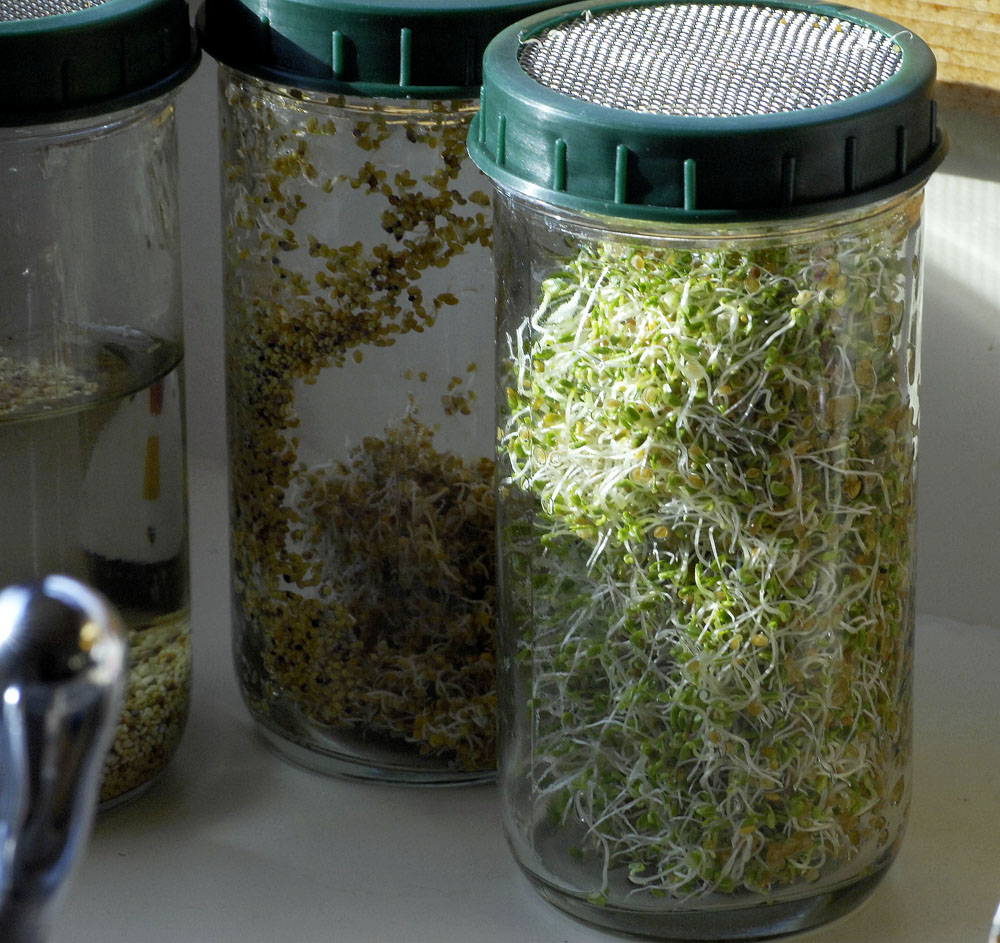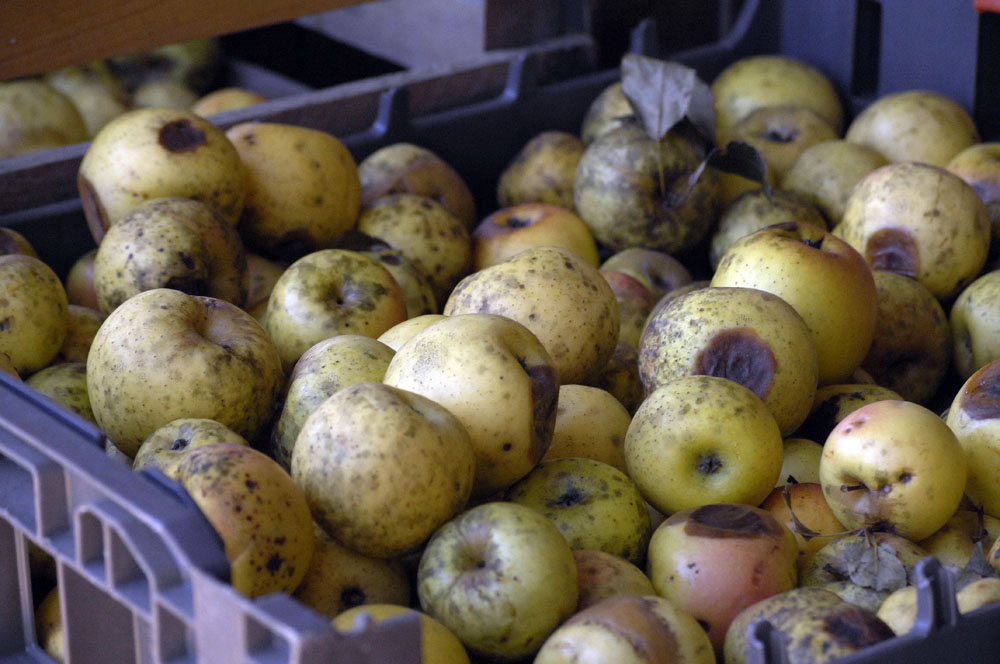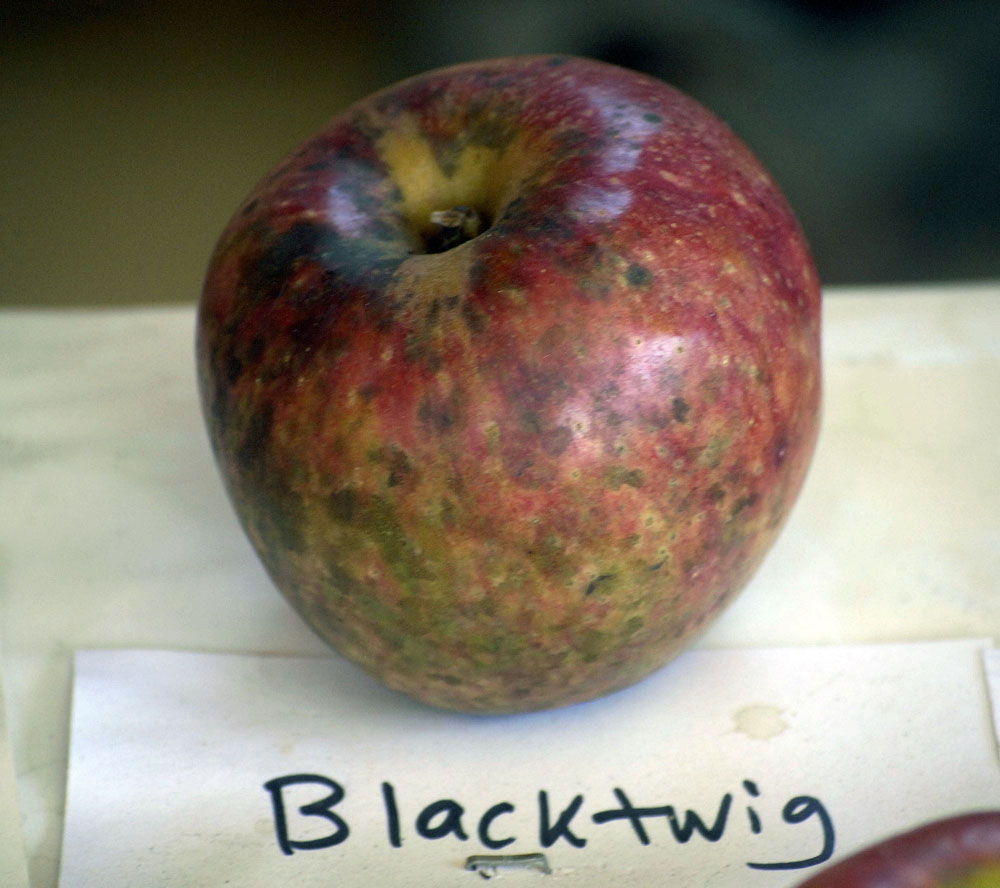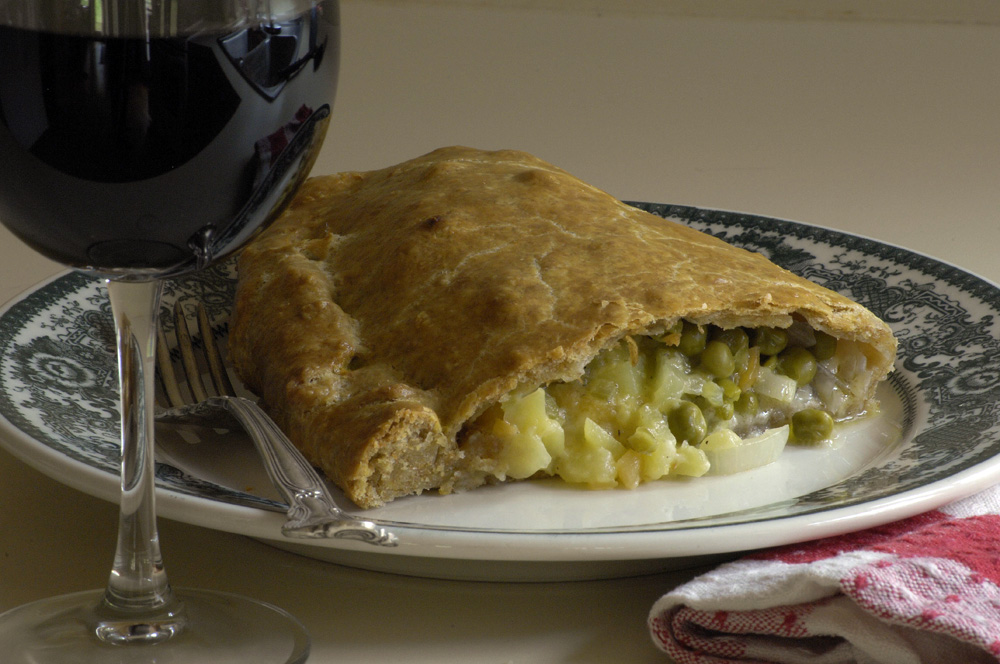
I love reading novels set in another time, another place, in which the author describes what the characters are eating. I’ve been reading Sir Walter Scott’s Ivanhoe. In it, a monk (seemingly a monk, at least) and a knight are sharing a pasty in the monk’s hermitage deep in the forest. That really stuck in my mind, and I resolved that, when cold weather returned, and after election season was over, I’d make some pasties.
Pasties are an ancient food. They go back to the Middle Ages. Now, I love nouvelle cuisine and California cuisine as much as the next person, but I also love archaic cuisine as much as I love archaic language and archaic settings. Note how the word is pronounced, though. It’s like “pass,” not like “paste.” I haven’t had a pasty since I was in Cornwall many years ago, and I had never made pasties until today.
If you want to make pasties, first I suggest that you Google around and study some recipes. Also, for the technique for crimping the crust, there are some good YouTube videos. Pasties are eaten all over the British Isles, but it is chiefly the Cornish who lay claim to the art of pasty-making today. Cornish pasties generally contain beef (skirt steak). I wanted vegetarian pasties. There are certain ingredients that are optional and certain ingredients that are not optional. Among the non-optional ingredients, in my opinion, are potatoes, rutabagas (which the British call “swedes”), peas, onions, and celery. To today’s pasties I also added a bit of grated cheddar cheese with truffles in it, as well as a little cream.
If you did your Googling, you’ll have found many different recipes for the crust. The crust resembles pie crust, except that the crust should have more “structure” than pie crust. OK. I added an egg. I also wickedly used butter in the pie crust, diluted with about 25 percent olive oil. Unlike pie crust, pasty crust can take a little kneading. Be sure to refrigerate it for a couple of hours before you roll it out.
My crimping would not pass muster with the Cornish defenders of traditional pasty-making. Maybe I’ll do better next time. But it held together.
An egg wash or milk wash will give a nice, shiny crust. I used egg wash because the abbey chickens produce more eggs than I can possibly use when Ken is away. For pie crusts, I have terrible luck if I mix any whole wheat flour into the unbleached flour. But with the pasty crush, half whole wheat and half unbleached flour yielded a very tender crust. And by the way, I no longer use any flour that isn’t organic. It makes a huge difference in quality.
The pasty was obscenely good. Have it with wine, and by candlelight and firelight, to enhance the medieval effect.
Speaking of medieval, a reader asked me to comment on the election. I was campaign manager for a candidate for county commissioner, and that job has eaten me alive for more that two months. It was like having a full-time job — meetings, constant phone calls, a heavy load of email, lots of promotional work. We ran an extremely sophisticated campaign that scared the living daylights out of the opposition. But in the end, we went down, hard, in the wave of hatred, ignorance, anger, and apathy that swept across the country on Nov. 4. But we will never give up on dragging Stokes County, North Carolina, kicking and screaming into the 18th Century.
I’ve fled back into the woods, and I hope to stay here for a while.
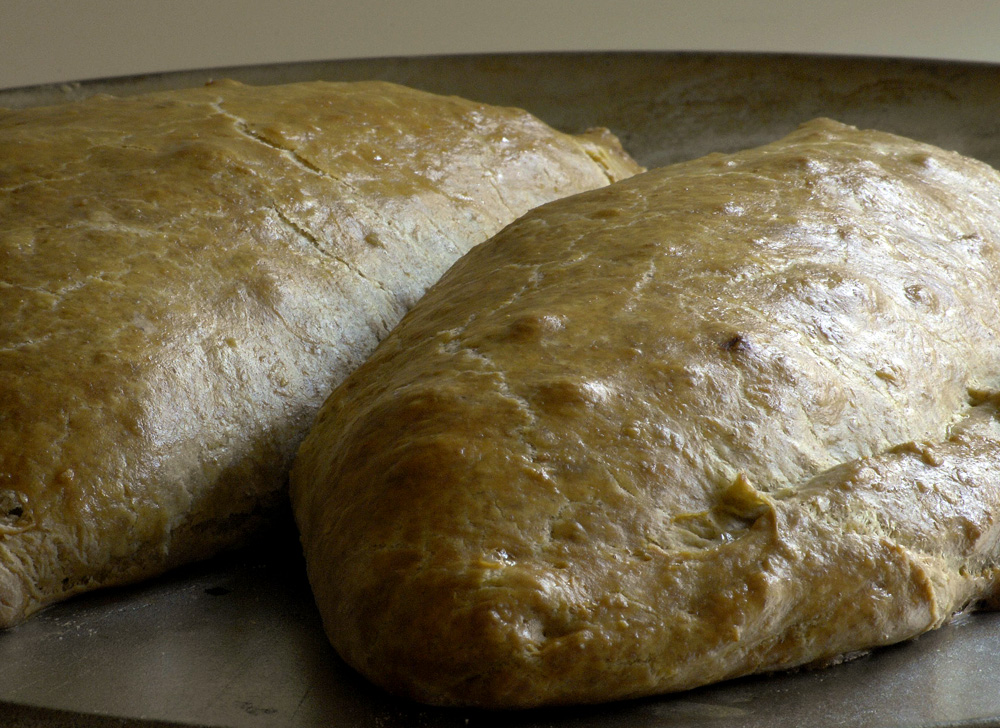
Just out of the oven
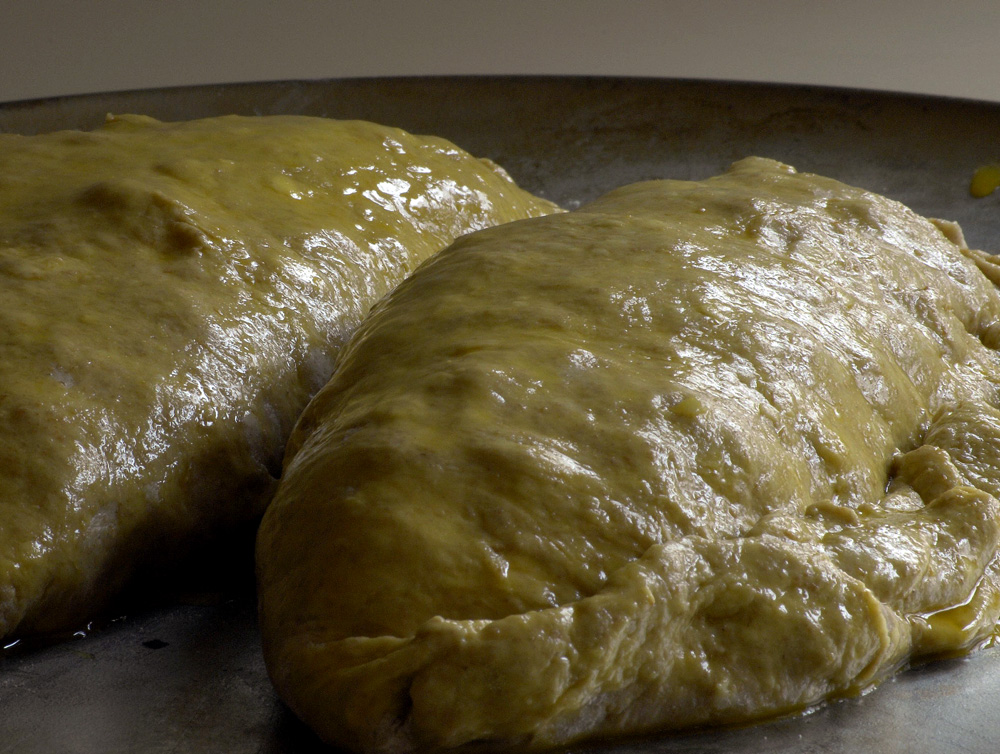
With the egg wash, before going into the oven

